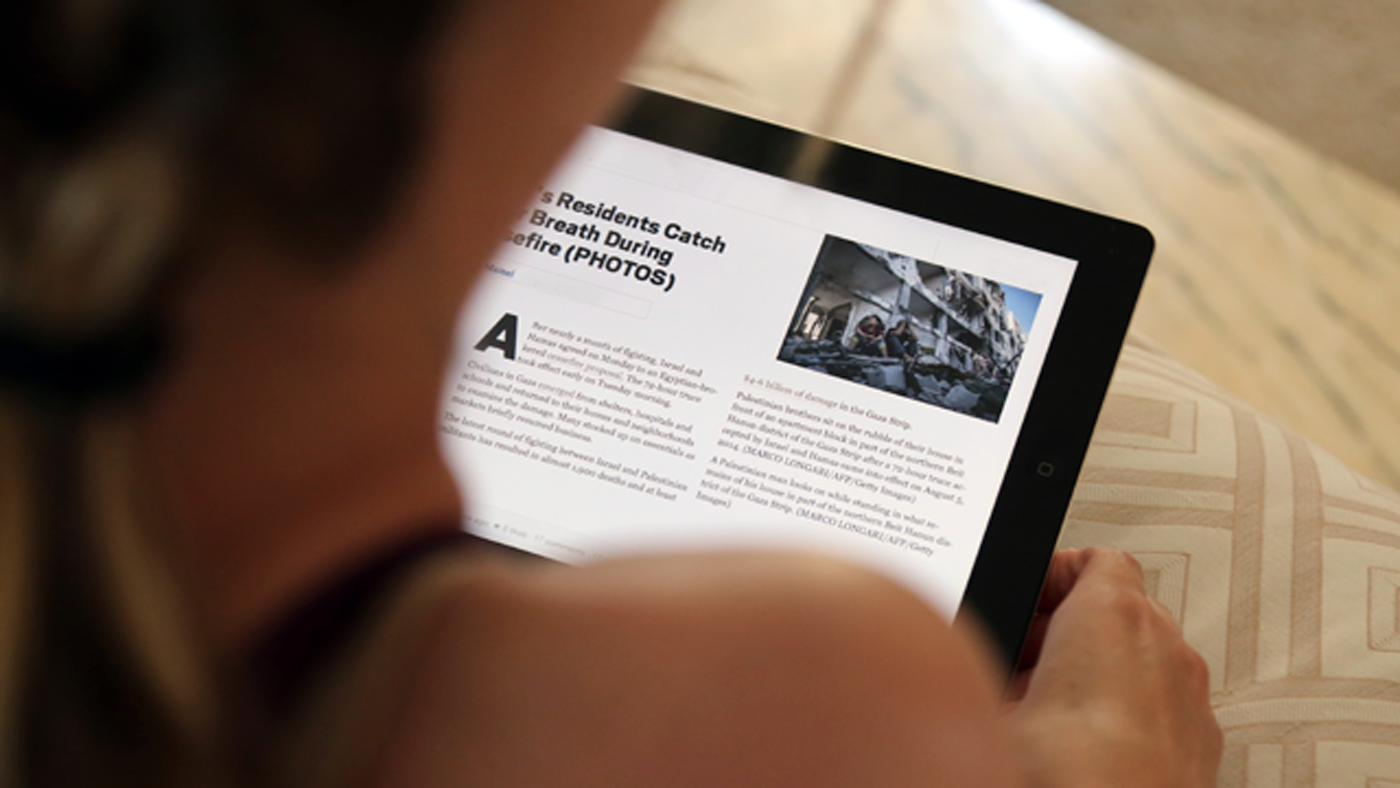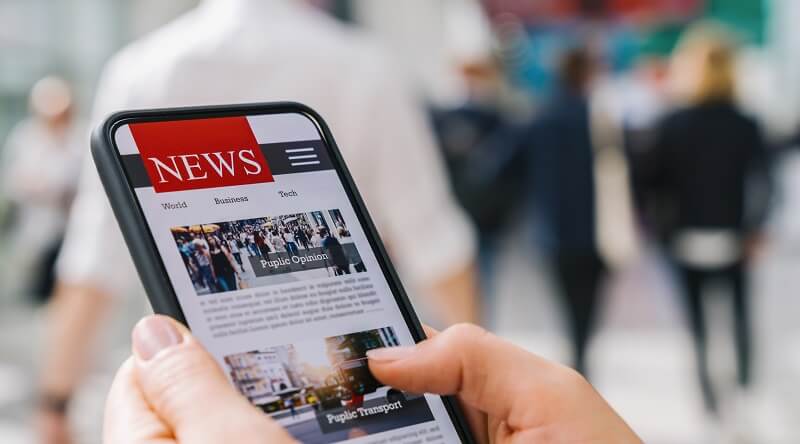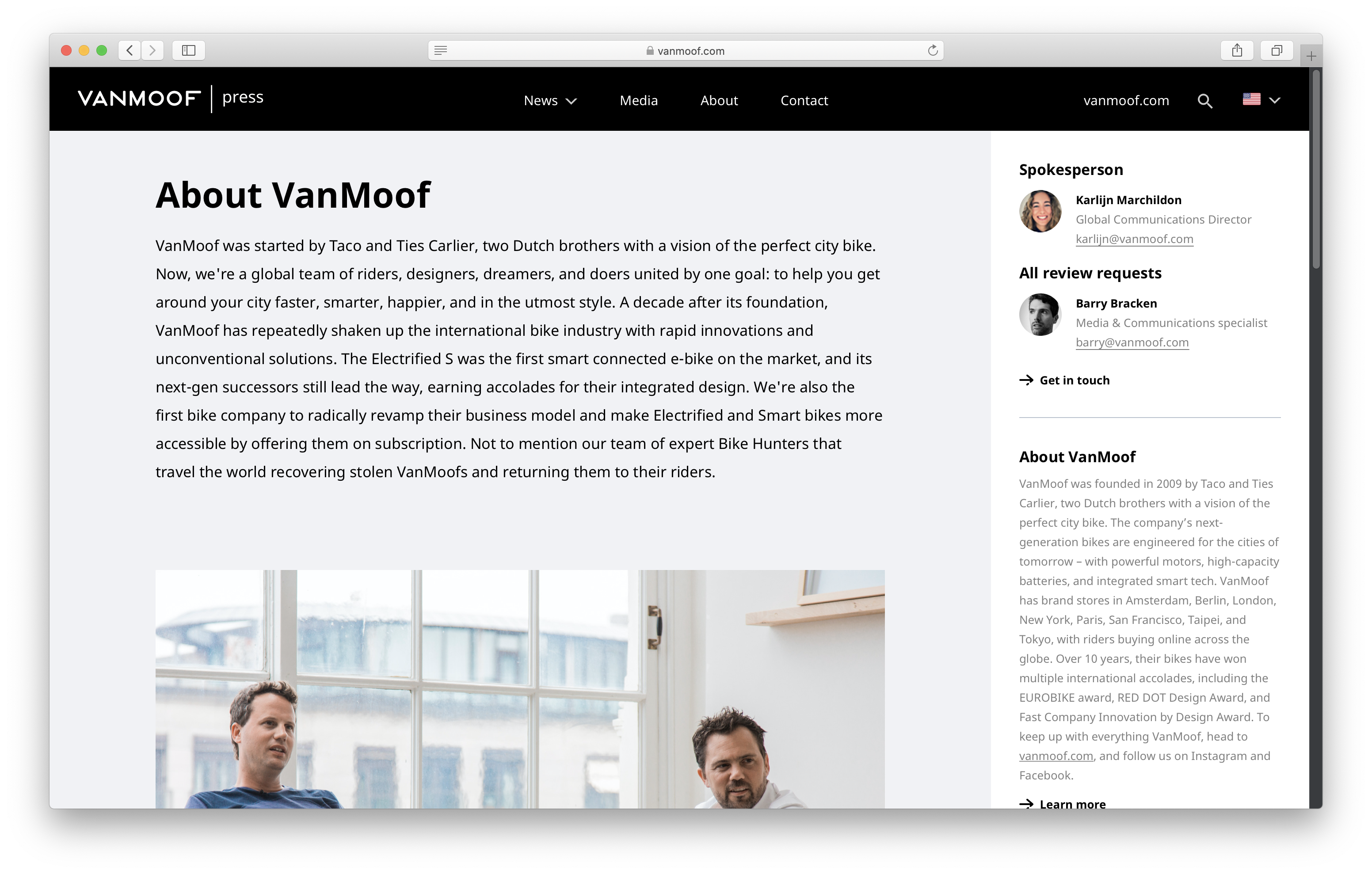The Only Guide for Popular News
The Only Guide for Popular News
Blog Article
The Only Guide to Popular News
Table of ContentsPopular News Things To Know Before You Get ThisSome Known Incorrect Statements About Popular News 3 Simple Techniques For Popular NewsUnknown Facts About Popular News
Age is additionally an element in the way people view the role of social networks. Younger social media news customers are most likely to say it has impacted their learning for the far better. Concerning half of social media news customers ages 18 to 29 (48%) state news on social media sites makes them far better notified, compared to 37% of those 30 to 49, 28% of those 50 to 64, and 27% of those 65 and older.Journalists consider information worths when establishing whether or not to cover an occasion or news. Probably the most vital aspect of newsworthiness is whether or not the information item being connected impacts an information electrical outlet's audience.
Distance is essential. Journalists want points that impact their neighborhoods. Study on a state's brand-new tax code likely won't create the very same interest across state borders. Periodically specialists can help localize a larger national tale that influences greater than just a city or state. In these cases, it is crucial to be looking for opportunities where topic professionals can supply understanding or where comparable tasks might be happening locally.
If you are releasing relevant study, loophole in MarComm before the article being released to ensure that the pitch can highlight the newest element of the story: the publication of the research study. Events and announcements that include prominent figures are much more likely to generate media coverage. Gos to from national numbers often need months of preparation due to anticipated area passion.
Not known Factual Statements About Popular News
We can help mitigate possible reputational threat with these stories while additionally raising the chances of producing insurance coverage. While many of the above information values are intertwined, human passion stories commonly stand apart.
Human rate of interest elements can add news worth to various other tales that might seem doing not have in the various other worths. The novelty or curiosity of a circumstance can aid affect whether or not an information electrical outlet is likely to cover a story. While this is not an exhaustive listing, examining to see if your story or event has these qualities before contacting us will assist you figure out which components hold one of the most information worth.
The research finds that slightly over half of all U.S. grownups subscribe to information in some formand roughly fifty percent of those to a paper. And in contrast to the concept that youngsters will certainly not spend for information due to the fact that details on the web is cost-free, virtually 4 in 10 grownups under age 35 are spending for news.
There is likewise considerable proof that more consumers could start to spend for get more news in the futureif authors can recognize them and offer them well. Fifty percent of those who do not pay for news proactively choose information and look like subscribers in different methods. And nearly 2 in 10 of those who do not register for information now indicate they are inclined to start to pay in the future.
The Popular News Diaries

People are attracted to information generally for two reasons above others: A wish to be educated citizens (newspaper customers in particular are very inspired by this) and due to the fact that the publication they subscribe to excels at covering specific subjects concerning which those clients particularly care - Popular News. While there are a host of factors, the No
Even more than 4 in 10 additionally point out the fact that family and friends subscribe to the same product. Greater than a third of people state they originally subscribed in reaction to a discount rate or promo. In print, individuals likewise are relocated greatly to sign up for obtain vouchers that save them cash, something that has untapped effects in electronic.

Get This Report on Popular News
We asked everyone that informed us they have a regular free resource of news just how likely they would be to spend for it. Greater than a quarter (26 percent) claim they would be at the very least somewhat most likely to begin spending for itand 10 percent are very or exceptionally most likely. These my site most likely payers have a tendency to be news candidates, and they likewise often tend to be people that already spend for a news registration in addition to the resource they follow totally free.
Of those who do pay, 54 percent register for newspapers in print or digitally, which stands for 29 percent of Americans in general. The majority of them purchase a print publication along with their newspaper and spend for two to four information sources in overall, some a lot more. And while 53 percent are veteran subscribers (5+ years), greater than a quarter (27 percent) have actually purchased their newspaper registration within the past year.

Report this page